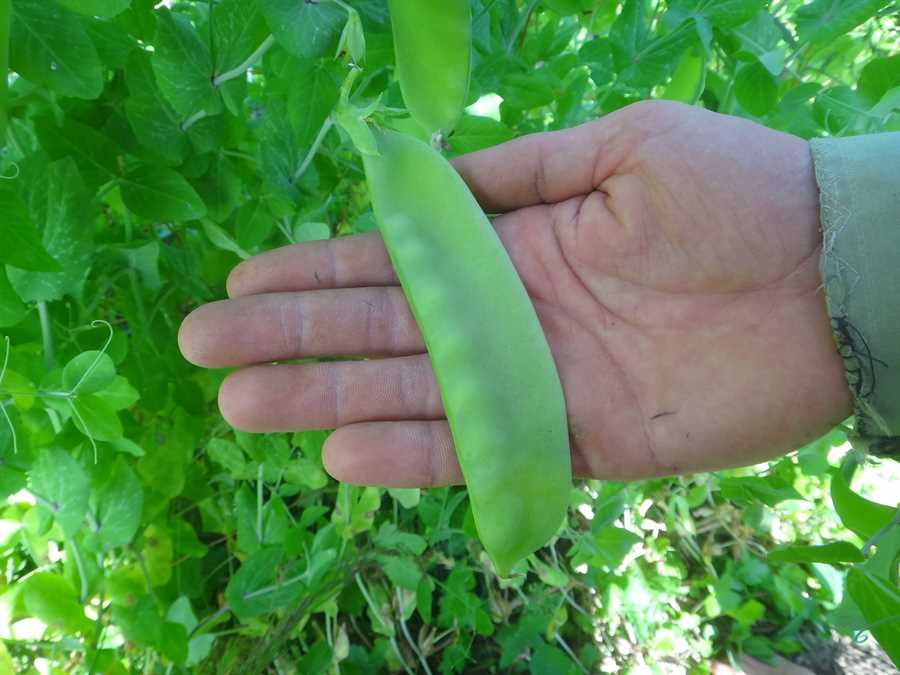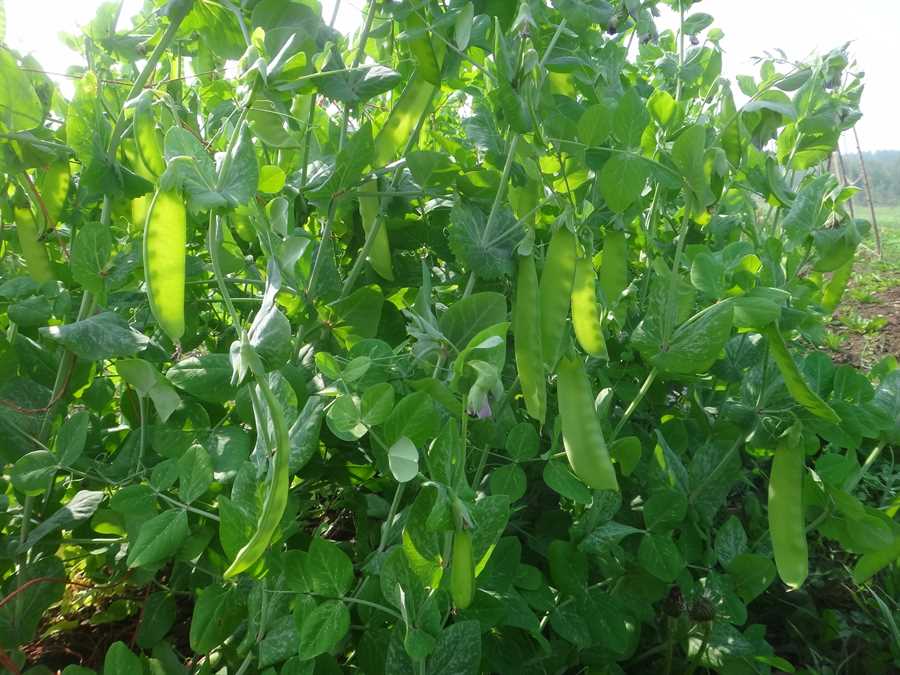Lollandske Rosiner pea
$4.00
[Lathyrus oleraceus syn. Pisum sativum]
This variety is boarded on the Slow Food Foundation’s Ark of Taste, indicating that its future is tenuous. However, the European Cooperative Programme for Plant Genetic Resources, which facilitates partnerships between European genebanks and helps them collaborate on projects, uses it as an example of successful in situ preservation of a landrace. In situ preservation is a term used by genebanks to distinguish between what they do (keep seeds in cold storage and occasionally grow them out just to preserve them, called ex situ preservation) and what they prefer: where people are actually growing, using and saving seed from varieties as a part of their culture in their place. Ex situ preservation keeps varieties from going over the brink of extinction, but can do no more; in situ preservation keeps them as dynamic, vital parts of a community of people and plants, and maintains the agrobiodiversity we need… Enough preaching! Grow landraces!
In stock
Plant as soon as ground can be worked. Sow 1” deep and 2” apart, in a double row 8” wide (if gardening in rows) or in rows every 8″ (if planting a field). Harvest dry peas when pods and vines are turning brown and dry and seeds can no longer be dented with a fingernail.





